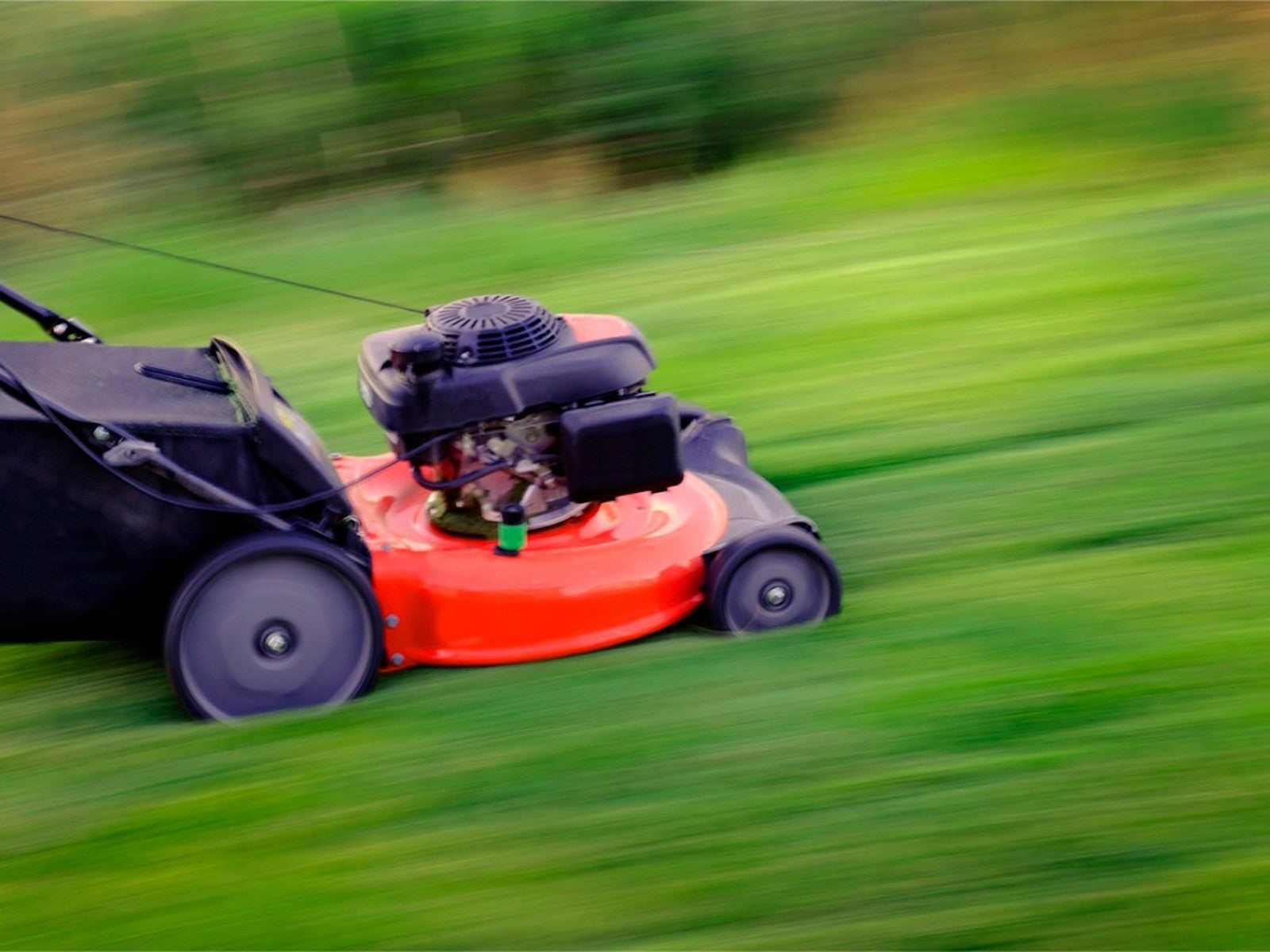Learn About The Wild World Of Lawn Mower Racing


Many gardeners feel that mowing is a bit of a chore, but believe it or not, there are others that call it a sport. Both the U.S. and U.K. have been staging lawn mower races for decades. The brain child of various individuals and organizations, a lawn mower race is just what it appears. It all starts with the building of a race lawn mower: a vehicle that never really mows grass. Instead, it is built for speed, lightness, and agility, and fueled by the dreams of its driver.
If you are handy with engines and feel the need for speed, creating a racing lawn mower may be just up your alley. As incongruous as it seems, lawn mower races have been a staple of a certain set since the 1960s. This passtime is looked forward to annually, and racers take the sport seriously. While a bit tongue in cheek as far as racing goes, the participants attend with equal parts vigorous competition combined with whimsy.
Lawn Mower Race History
It’s off to the races in 1963. This is when America’s oldest organized mower race began. The event has become an annual one, taking place on the Fourth of July. Not to be outdone, Wiseborough Green, England has a 12 hour lawn mower race. But what is behind this racing sport?
The first American race was a lark, dreamt up by the members of the Indiana Lions Club. It featured standard riding mowers with few additional features. Fast forward to 1973, and Jim Gavin and his buddies came up with the idea while drinking in a pub. Gavin was a motorsport fan and he and the lads were commenting on the high cost of traditional racing. As a way to bring the sport to everyman, they decided on racing with lawn mowers, an item almost everyone had. The British Lawn Mower Race Association was born. It became a charitable organization and all profits and prizes go to charity.
In the United States, things progressed across the country and culminated with the formation of the USLMRA. The original race still occurs annually and is in its 60th year. There is no prize money, but trophies, bragging rights, and silly mementos are the goal.
Racing Lawn Mower Facts
There are classes of racing mowers. The standard is just a stock mower with few to no modifications. Then there are prepared or modified mowers. These have undergone some serious tinkering by novices and professional mechanics alike. The goal is to enhance the speed of the mower, but also the appearance, weight, and other factors. The standard mowers go about 6 miles per hour (under 10 kph), while the modified machines can achieve up to 40 mph (64 kph). There is a third class of mower, the factory experimental (FX). These go well over 60 mph (97 kph). Any modifications on the FX and prepared classes must still be on a lawn mower engine block. But that fact doesn’t stop enthusiasts from souping up their machines to get that extra edge. One thing in common in any class is the absence of mower blades.
Rules of Racing
The first races were chaotic affairs, held mostly for fun and something interesting to do. There were few rules, no prizes, and several accidents. Today’s races are much more ordered. There is an official rule book outlining all the safety, equipment, and other regulations. All participants must abide by the rules or face disqualification. A helmet, gloves, long pants and sleeves, and neck support are mandatory safety gear. There must also be a tethered kill switch that shuts the mower off if the driver falls off. Drivers must be 18 years of age, members of the organization, and sign a waiver. The mower may be self propelled or rotary but must operate on gasoline. Quite obviously, the tires and breaks must be of good condition. After the rules have been satisfied, it’s off to a day of great fun and dreams to be sated.
Sign up for the Gardening Know How newsletter today and receive a free copy of our e-book "How to Grow Delicious Tomatoes".

Bonnie Grant is a professional landscaper with a Certification in Urban Gardening. She has been gardening and writing for 15 years. A former professional chef, she has a passion for edible landscaping.